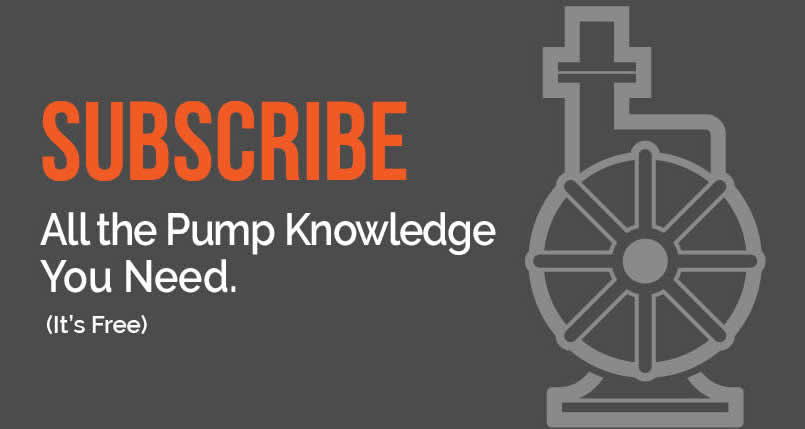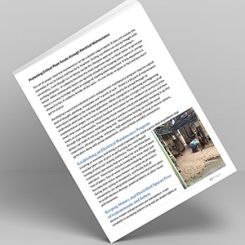Without measurement, there is no control. As with any type of measurement, results should be clearly defined to allow for accurate interpretation and application of the results. Accurate measurements and good measurement practices are essential in industrial automation and process environments because they have a direct effect on the success of the desired outcome. Pressure, the act of a force on a specified area, is a common measurement used in many industries. Pressure sensors are used to measure pressure. A pressure sensor measures the amount of movement, or deflection, on an area with specialty devices. Many current pressure sensors use a strain gauge or diaphragm that creates a signal to be processed based on the amount of deflection to which the diaphragm is exposed. Other technologies may also be used to measure pressure—such as checking the changes in capacitance because of pressure fluctuation, the straightening of tubes or using optical fibers.
Referencing Pressure
Pressure can be referenced in multiple ways. To accurately identify and relay pressure measurements, the application must be considered. Pressure sensors may use gauge, absolute, differential or sealed pressure.Gauge Pressure
Gauge pressure uses a reference to the atmosphere around the sensor. Because the sensing element has a deflection as a result of a pressure change, a reference point is needed to know exactly what pressure is being measured. Pressure sensors that use gauge pressure—typically indicated in psi(g), bar(g), kPa(g)—have some type vent. This vent can be built into the sensor or even through a tube in the electrical connection. The vent is in place to use atmospheric pressure as a reference point for the sensor to measure the media. A common reason for using gauge pressure is to ensure that at any location throughout the world, the sensor will always reference the location in which it is installed.Absolute Pressure
Absolute pressure uses a reference to a perfect vacuum. This type pressure reference is the gauge pressure of the medium, in addition to the pressure of the atmosphere. As locations are changed, especially when dealing with elevation variations, the reference point can change because of atmospheric pressure differences. Using an absolute pressure sensor eliminates the reference to a varying atmospheric pressure and relies on a specific pressure range for reference.Differential Pressure
Differential pressure can be a little more complex than gauge or absolute but simply measures the difference between two media. Although most gauge pressures are technically a differential pressure sensor—measuring the difference between the medium and atmospheric pressure—a true differential pressure sensor is used to identify the difference between the two separate physical areas. For example, differential pressure is used to check the pressure drop—or loss—from one side of an object to the other.Sealed Pressure
Sealed pressure is less common than the previous three but still has a place in pressure measurement. Sealed pressure uses a predetermined reference point, not necessarily vacuum. This allows for pressure measurement in locations that will vary with atmospheric changes. Because of the predetermined reference point, no venting on the sensor is needed. A pressure sensor measures the amount of movement,
or deflection, on an area with the use of specialty devices.
A pressure sensor measures the amount of movement,
or deflection, on an area with the use of specialty devices.
